Ancient MesoAmerica News Updates 2007, No. 38: Jemez Springs, New Mexico - Ancient Gallina Massacre Discovered
On Thursday July 12, 2007, the web-based news service of National Geographic reported on the recent discovery of an ancient Gallina massacre at the rock shelter of Jemez Springs, New Mexico (edited by AMaNU):
Ancient Massacre Discovered in New Mexico: Was It Genocide? -Seven skeletons discovered in a remote New Mexico canyon were victims of a brutal massacre that may have been part of an ancient campaign of genocide, archaeologists say.
The victims—five adults, one child, and one infant—were members of an obscure native culture known as the Gallina, which occupied a small region of northwestern New Mexico around A.D. 1100. The culture suddenly vanished around 1275, as the last of its members either left the region or were "wiped out," archaeologists say. The newfound skeletons could provide crucial clues to the people's mysterious fate, since scarcely more than a hundred Gallina remains have ever been found, said Tony Largaespada, an archaeologist with the U.S. Forest Service who made the discovery in 2005.
"Almost all of [the Gallina ever found] were murdered," he said. "[Someone] was just killing them, case after case, every single time." Greg Nelson, a physical anthropologist at the University of Oregon, studied the newly unearthed skeletons and said they paint a macabre picture of violence inflicted on both sexes and all age groups. "It's pretty obvious that they were killed—they're people who were wiped out," he said.
One skeleton was found with a fractured skull, forearm, jaw, thighbone, pelvis, and several broken ribs, Nelson said. Another bore cut marks on the upper arm that suggest blows from an ax. The child, about two years old, had had its skull crushed. The findings are grimly consistent with previous reports from other Gallina sites, the pair said. But the new skeletons offer tantalizing signs of how unique the culture may have been.
In particular, the skulls of two of the victims have an "unusual" flattened shape that has never been seen before in the Southwest, the experts said. Such signs of a distinctive culture may help explain why the group was so plagued by violent conflicts with neighboring groups. But the scientists stress that their research is ongoing, and the ancient murders remain unsolved for now. "We just don't know right now," Nelson said. "The evidence indicates that somebody was going through and killing them. Why and to what extent? We're not sure."
The victims—five adults, one child, and one infant—were members of an obscure native culture known as the Gallina, which occupied a small region of northwestern New Mexico around A.D. 1100. The culture suddenly vanished around 1275, as the last of its members either left the region or were "wiped out," archaeologists say. The newfound skeletons could provide crucial clues to the people's mysterious fate, since scarcely more than a hundred Gallina remains have ever been found, said Tony Largaespada, an archaeologist with the U.S. Forest Service who made the discovery in 2005.
"Almost all of [the Gallina ever found] were murdered," he said. "[Someone] was just killing them, case after case, every single time." Greg Nelson, a physical anthropologist at the University of Oregon, studied the newly unearthed skeletons and said they paint a macabre picture of violence inflicted on both sexes and all age groups. "It's pretty obvious that they were killed—they're people who were wiped out," he said.
One skeleton was found with a fractured skull, forearm, jaw, thighbone, pelvis, and several broken ribs, Nelson said. Another bore cut marks on the upper arm that suggest blows from an ax. The child, about two years old, had had its skull crushed. The findings are grimly consistent with previous reports from other Gallina sites, the pair said. But the new skeletons offer tantalizing signs of how unique the culture may have been.
In particular, the skulls of two of the victims have an "unusual" flattened shape that has never been seen before in the Southwest, the experts said. Such signs of a distinctive culture may help explain why the group was so plagued by violent conflicts with neighboring groups. But the scientists stress that their research is ongoing, and the ancient murders remain unsolved for now. "We just don't know right now," Nelson said. "The evidence indicates that somebody was going through and killing them. Why and to what extent? We're not sure."
Among the other peculiarities of the murder scene is the arrangement of two of the bodies, the scientists said. The victims, an adult male and female, were found face down and doubled over, their heads snapped back so far that their skulls rested between their shoulder blades. The bodies may have been deliberately posed, or the victims may have been crouching in defense when their necks were broken, Nelson noted.
But none of the seven dead appears to have been buried, suggesting that the group was struck by a swift attack. "Normally when you bury people, you extend them, you flex them, you do these kinds of things—you don't bury them on their knees with their heads snapped back," he said. "So right away you know something screwy is going on." Other evidence includes what appear to be the ruins of a burned pit house, or dugout dwelling, nearby.
"Why these [victims] were outside the house is kind of a mystery," Largaespada said. "Usually [attackers] threw [Gallina victims] in their houses and burned the houses on top of them. That's the case with 90 percent of them. "But in this particular case they were thrown in a pile outside the house. … More than likely there are others [nearby]." Largaespada discovered the grisly scene in October 2005 when he and a team were reburying a Gallina skeleton that had been in storage at his Forest Service office in the town of Jemez Springs.
When he arrived at the site where the bones were originally excavated, he saw evidence of other bodies eroding out of the road bank. "So we set up our unit and [dug] down, and the first thing we saw was two skulls. Then it was three individuals. Then we found the baby. And it just kept multiplying from there." Summer rains in May 2006 ended the dig, which the Forest Service had authorized as a small-scale emergency excavation.
Largaespada and Nelson are awaiting funding to continue their investigation of the site, as well as other unexcavated Gallina ruins nearby, which they say are probably plentiful along the rocky ridges of northern New Mexico. "I bet there's a house on every one of these peaks around here," Largaespada said.
Was It Genocide? - Traces of the Gallina culture were first discovered in the 1930s by archaeologists working just a few miles from the newfound massacre site. Scientists at the time described excavating a 25-foot-tall (7.6-meter-tall) circular stone tower that held the remains of 16 people, all of whom bore signs of gruesome deaths.
Since then several Gallina sites have been excavated, but scholarship on the culture's origins and demise have been limited, Nelson noted. "Because not much has been done for a long time, it's almost like a whole debate should be renewed—where they came from, what happened to them," he said. The duo reported their discovery this spring at meetings of the American Association of Physical Anthropologists and the Paleopathology Association.
In their study, they write that the culture's disappearance was "possibly the result of genocide," reflecting the prevailing theory of the Gallina's demise, they said. But whether the Gallina were the victims of true genocide—the extermination of one ethnic group by another—is a matter of debate, the scientists said. "It could've been internecine—it could've been within the Gallina," Nelson said.
A crucial factor, he explained, is the severe drought that struck the Southwest soon after the culture's appearance around A.D. 1100. "Beginning in 1100, 1150, you start getting real drought conditions, and the water table starts dropping. That means you're not able to grow as much corn. So there's a chance that this is [a sign of] intervillage resource-stress problems." This "megadrought" is also known to have spurred mass migrations throughout the region, including the abandonment of massive settlements built by the Anasazi, such as the sophisticated pueblos at Chaco Canyon, New Mexico.
With such dire competition for water and land, the Gallina may have been particularly vulnerable if they were seen as outsiders with their own, isolated culture, the researchers speculated. "Look at it from this perspective," Nelson said. "If you live in the area, you're growing your corn, and new people come in. "Then the environment goes down the tubes. Let's blame the new people. We don't know you. Maybe you speak a different dialect. And we can't grow our corn anymore. You must be witches, so we're just going to kill you."
Mystery of Deformed Skulls - Heather Edgar is a curator at Albuquerque's Maxwell Museum of Anthropology who has inspected the newfound skeletons. She says perhaps the most distinct clues revealed by the new discovery are the two deformed skulls that Nelson first observed. "It's not just him that sees [the deformation]," she said. "It's there."
The skulls are flattened on the back, just below the crown, Nelson explained. The deformation must have occurred during infancy, when the victims' skull bones were soft and malleable. Both Nelson and Edgar said it's too soon to determine whether the deformations were intentional or merely the result of cradleboarding, the practice of carrying babies on boards strapped to mothers' backs.
"I could think of ways it could have been accidentally made, and I could think of ways it could have been purposely made, but the flattening is there," she said. Edgar added that the duo's ongoing investigation of the massacre may provide the evidence needed to finally solve the mystery of the Gallina. "I think the Gallina are an important point in the history of the area," she said. "Where did they come from, and where did they go?"
"Did [the Gallina] contribute to a population that's alive today, and we just aren't aware of that? Or did they just move to another region? And there are theories out there that they were all massacred. "Maybe the work they're doing can help figure that out" (source National Geographic).
But none of the seven dead appears to have been buried, suggesting that the group was struck by a swift attack. "Normally when you bury people, you extend them, you flex them, you do these kinds of things—you don't bury them on their knees with their heads snapped back," he said. "So right away you know something screwy is going on." Other evidence includes what appear to be the ruins of a burned pit house, or dugout dwelling, nearby.
"Why these [victims] were outside the house is kind of a mystery," Largaespada said. "Usually [attackers] threw [Gallina victims] in their houses and burned the houses on top of them. That's the case with 90 percent of them. "But in this particular case they were thrown in a pile outside the house. … More than likely there are others [nearby]." Largaespada discovered the grisly scene in October 2005 when he and a team were reburying a Gallina skeleton that had been in storage at his Forest Service office in the town of Jemez Springs.
When he arrived at the site where the bones were originally excavated, he saw evidence of other bodies eroding out of the road bank. "So we set up our unit and [dug] down, and the first thing we saw was two skulls. Then it was three individuals. Then we found the baby. And it just kept multiplying from there." Summer rains in May 2006 ended the dig, which the Forest Service had authorized as a small-scale emergency excavation.
Largaespada and Nelson are awaiting funding to continue their investigation of the site, as well as other unexcavated Gallina ruins nearby, which they say are probably plentiful along the rocky ridges of northern New Mexico. "I bet there's a house on every one of these peaks around here," Largaespada said.
Was It Genocide? - Traces of the Gallina culture were first discovered in the 1930s by archaeologists working just a few miles from the newfound massacre site. Scientists at the time described excavating a 25-foot-tall (7.6-meter-tall) circular stone tower that held the remains of 16 people, all of whom bore signs of gruesome deaths.
Since then several Gallina sites have been excavated, but scholarship on the culture's origins and demise have been limited, Nelson noted. "Because not much has been done for a long time, it's almost like a whole debate should be renewed—where they came from, what happened to them," he said. The duo reported their discovery this spring at meetings of the American Association of Physical Anthropologists and the Paleopathology Association.
In their study, they write that the culture's disappearance was "possibly the result of genocide," reflecting the prevailing theory of the Gallina's demise, they said. But whether the Gallina were the victims of true genocide—the extermination of one ethnic group by another—is a matter of debate, the scientists said. "It could've been internecine—it could've been within the Gallina," Nelson said.
A crucial factor, he explained, is the severe drought that struck the Southwest soon after the culture's appearance around A.D. 1100. "Beginning in 1100, 1150, you start getting real drought conditions, and the water table starts dropping. That means you're not able to grow as much corn. So there's a chance that this is [a sign of] intervillage resource-stress problems." This "megadrought" is also known to have spurred mass migrations throughout the region, including the abandonment of massive settlements built by the Anasazi, such as the sophisticated pueblos at Chaco Canyon, New Mexico.
With such dire competition for water and land, the Gallina may have been particularly vulnerable if they were seen as outsiders with their own, isolated culture, the researchers speculated. "Look at it from this perspective," Nelson said. "If you live in the area, you're growing your corn, and new people come in. "Then the environment goes down the tubes. Let's blame the new people. We don't know you. Maybe you speak a different dialect. And we can't grow our corn anymore. You must be witches, so we're just going to kill you."
Mystery of Deformed Skulls - Heather Edgar is a curator at Albuquerque's Maxwell Museum of Anthropology who has inspected the newfound skeletons. She says perhaps the most distinct clues revealed by the new discovery are the two deformed skulls that Nelson first observed. "It's not just him that sees [the deformation]," she said. "It's there."
The skulls are flattened on the back, just below the crown, Nelson explained. The deformation must have occurred during infancy, when the victims' skull bones were soft and malleable. Both Nelson and Edgar said it's too soon to determine whether the deformations were intentional or merely the result of cradleboarding, the practice of carrying babies on boards strapped to mothers' backs.
"I could think of ways it could have been accidentally made, and I could think of ways it could have been purposely made, but the flattening is there," she said. Edgar added that the duo's ongoing investigation of the massacre may provide the evidence needed to finally solve the mystery of the Gallina. "I think the Gallina are an important point in the history of the area," she said. "Where did they come from, and where did they go?"
"Did [the Gallina] contribute to a population that's alive today, and we just aren't aware of that? Or did they just move to another region? And there are theories out there that they were all massacred. "Maybe the work they're doing can help figure that out" (source National Geographic).
The original report contains several images as well as links to other images relative to the discovery of the ancient Gallina massacre.




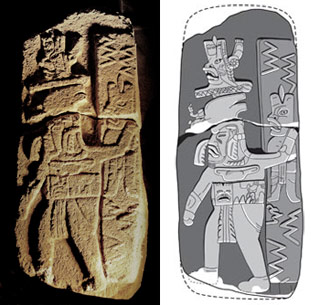




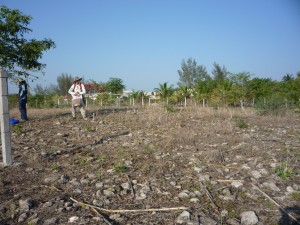



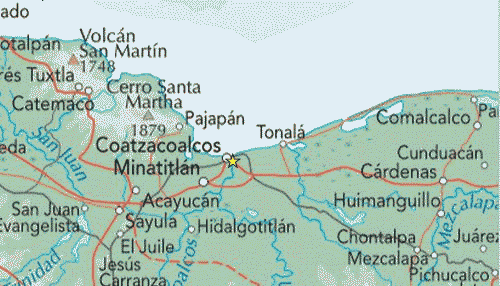




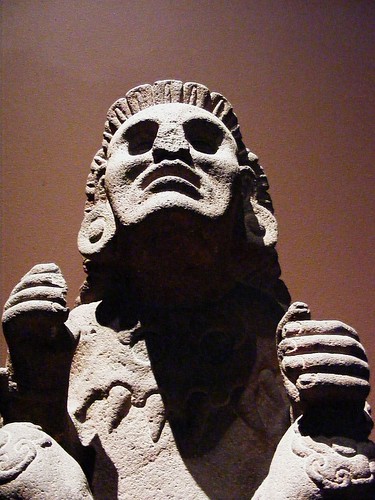






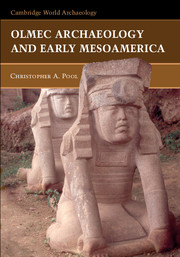






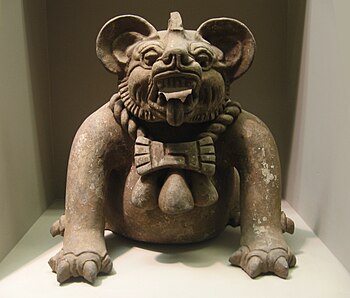

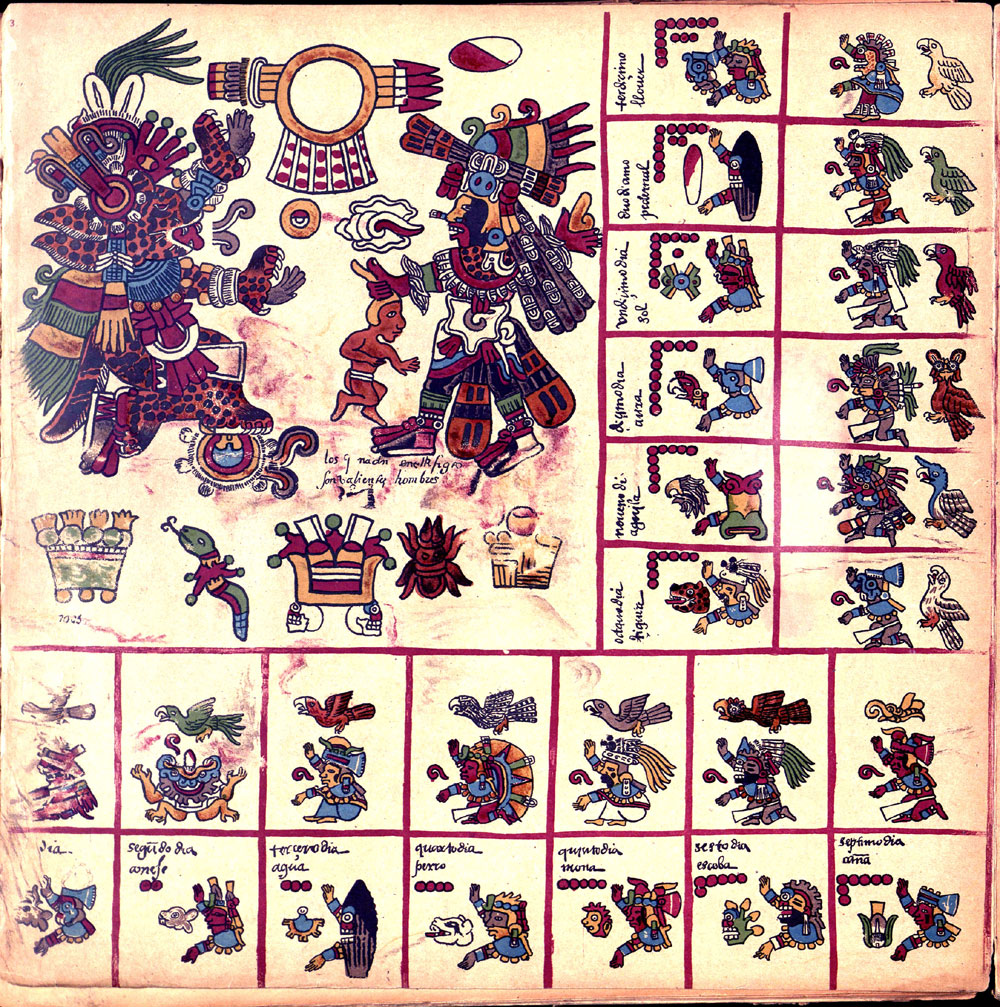

0 Comments:
Post a Comment
Subscribe to Post Comments [Atom]
<< Home